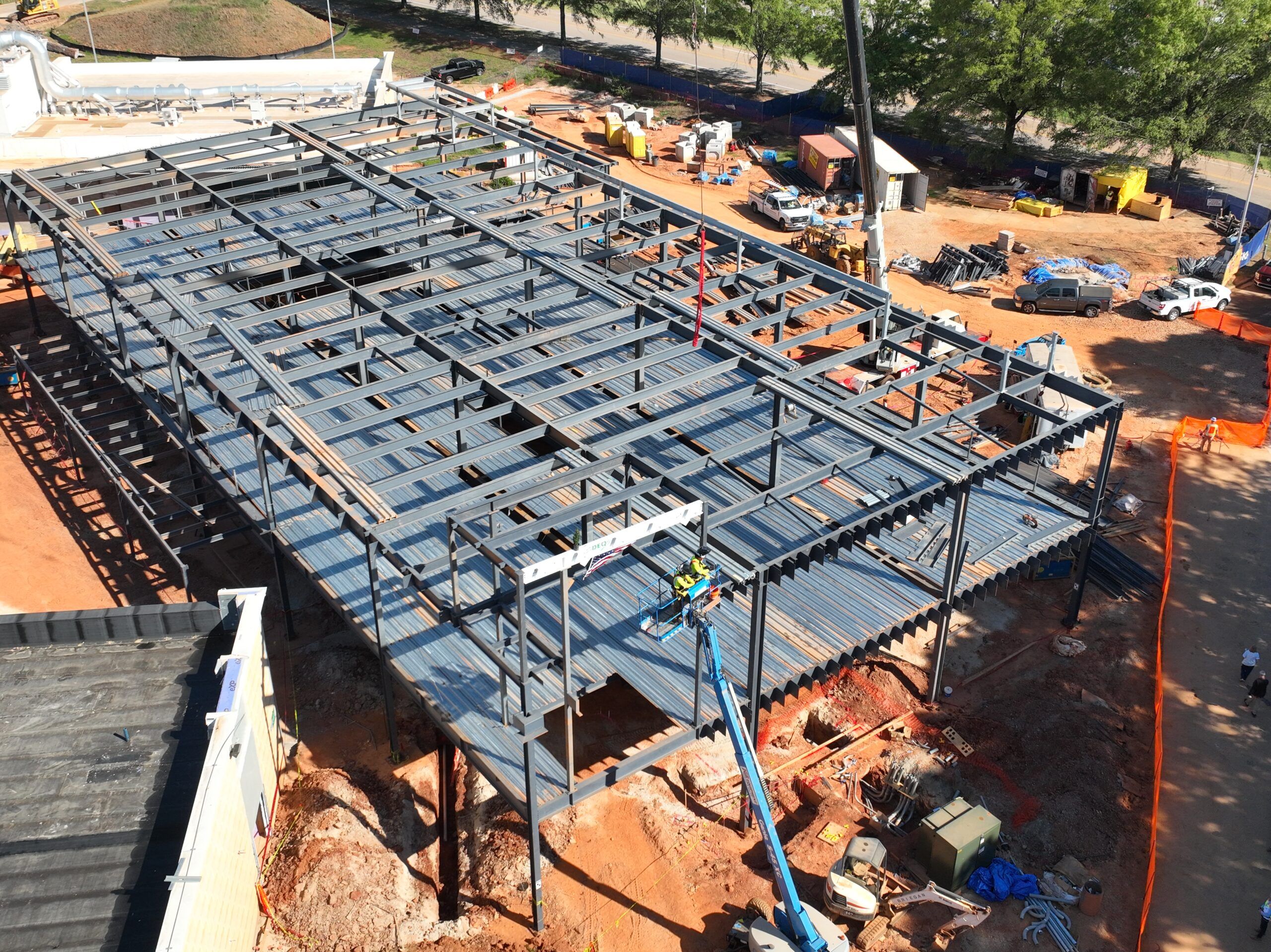Pouring concrete slabs is an essential step in many construction projects, from patios to driveways, foundations, and floors. While it may seem straightforward, the process requires careful planning and precise execution to ensure the slab is durable, level, and free from cracks. If you’re tackling this project, either as a DIY enthusiast or working with a professional, the following expert tips can help you achieve the best results.
If you’re looking for professional help, consulting an experienced concreter in Geelong can ensure your concrete slab is poured correctly and efficiently. But even if you’re managing the task yourself, understanding the nuances of the process is invaluable. Let’s break down the key steps and considerations.
1. Preparation Is Key
Before you even mix the first batch of concrete, thorough preparation is essential. Rushing into the project without a plan can lead to costly mistakes.
Choose the Right Location
Start by identifying the best site for your slab. Consider factors such as soil type, drainage, and access to sunlight. Poorly drained soil or low-lying areas can cause the slab to crack over time. If you’re pouring a foundation, ensure the location meets local building codes.
Clear and Level the Ground
Once the location is set, clear the site of debris, vegetation, and rocks. Level the ground using a shovel, rake, and tamper. For larger projects, consider renting a mechanical compactor to ensure a firm base. Uneven or unstable ground can lead to structural problems down the line.
Install a Gravel or Sand Base
Laying a base of compacted gravel or sand provides additional stability and improves drainage. A 4- to 6-inch layer is typically sufficient. This layer acts as a buffer, preventing moisture from seeping into the slab and causing cracks or weaknesses.
2. Design and Frame Your Slab
Proper framing ensures that your concrete slab will maintain its shape and dimensions.
Measure and Mark
Use stakes and string to outline the slab’s perimeter. Double-check measurements to ensure accuracy. A miscalculation at this stage can lead to wasted materials or structural issues.
Build a Formwork
Create a sturdy wooden frame to contain the concrete. The frame should match your planned slab dimensions and be secured firmly into the ground. Use nails or screws to connect the wooden boards, and reinforce them with stakes to prevent movement.
Add Reinforcement
For larger or load-bearing slabs, add steel rebar or wire mesh inside the frame. Reinforcement helps the concrete withstand pressure and minimizes the risk of cracking.
3. Mix Concrete Properly
The quality of your concrete mix plays a significant role in the strength and durability of the slab, which is why working with a reputable concrete slab company is essential.
Choose the Right Mix
Concrete comes in various grades, each suited for specific applications. For example, a driveway slab may require a stronger mix than a patio. Read the manufacturer’s guidelines to select the appropriate type.
Add Water Gradually
When mixing concrete, add water slowly to avoid over-saturating the mix. The goal is to achieve a workable consistency—not too dry and not too runny. Aim for a peanut butter-like texture that holds its shape but can be easily spread.
Mix in Small Batches
If you’re mixing concrete by hand or using a small mixer, work in manageable batches to maintain consistency. Large batches can set unevenly, especially if you take too long to pour and level the mixture.
4. Pouring the Concrete
Pouring the concrete is arguably the most critical step, requiring attention to detail and timing.
Work Quickly but Methodically
Concrete begins to set soon after mixing, so it’s essential to work efficiently. Start at one corner of the frame and pour evenly, using a shovel or hoe to spread the mix.
Avoid Overfilling the Formwork
Pour the concrete slightly below the top edge of the formwork. This leaves room for leveling and finishing without causing spillage.
5. Level and Smooth the Surface
A smooth, level surface is key to a professional-looking slab.
Screed the Concrete
Use a straight-edged board or screed tool to level the concrete. Slide it back and forth across the top of the frame, scraping off excess material and filling in low spots. This step ensures the slab is flat and even.
Use a Float for Finishing
After screeding, use a bull float to smooth the surface. A magnesium or aluminum float works best for this task, as it helps compact the concrete while eliminating surface imperfections.
Add Texture, If Needed
For driveways or outdoor patios, consider adding a broom finish for slip resistance. Drag a broom lightly across the surface after floating to create fine grooves.
6. Allow for Proper Curing
Curing is the process of allowing the concrete to harden and reach its maximum strength.
Cover the Slab
To prevent rapid drying, cover the slab with plastic sheeting or burlap. This helps retain moisture, which is essential for curing.
Keep the Surface Moist
For the first week, periodically wet the slab to maintain moisture levels. This prevents cracking and ensures the concrete cures evenly.
Avoid Heavy Loads
Allow the slab to cure for at least 28 days before subjecting it to heavy loads. While it may appear solid after a few days, the internal structure needs time to fully harden.
7. Address Common Challenges
Even with careful preparation, challenges can arise. Knowing how to handle them can save time and money.
Prevent Cracks
Cracks are one of the most common issues with concrete slabs. To minimize the risk, add control joints during the finishing stage. These joints allow the concrete to expand and contract without breaking.
Watch for Weather Conditions
Extreme temperatures can affect the setting process. In hot weather, work quickly to prevent premature drying. In cold weather, use additives or blankets to protect the slab from freezing.
8. Safety Tips When Working with Concrete
Concrete work can be physically demanding and potentially hazardous. Follow these safety tips to protect yourself and your team.
Wear Protective Gear
Always wear gloves, safety goggles, and sturdy boots when handling concrete. Wet concrete is highly alkaline and can cause skin irritation or burns.
Work in a Well-Ventilated Area
If you’re mixing concrete indoors, ensure proper ventilation to avoid inhaling dust or fumes.
Handle Tools Safely
Use caution when operating power tools or machinery, and always follow the manufacturer’s instructions.
Final Thoughts
Pouring a concrete slab is a rewarding project that can enhance the functionality and value of your property. While the process requires careful planning and attention to detail, following these expert tips can help you achieve a strong, durable slab that stands the test of time.
If you’re unsure about any step or working on a large-scale project, partnering with a professional concreter can make a world of difference. With the right knowledge, tools, and techniques, your concrete slab will be a solid foundation for years to come.











